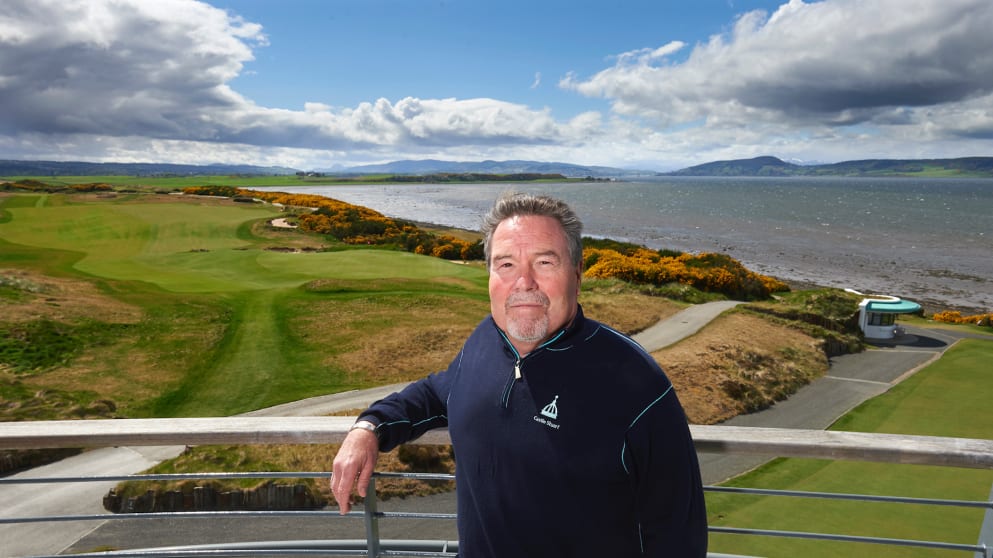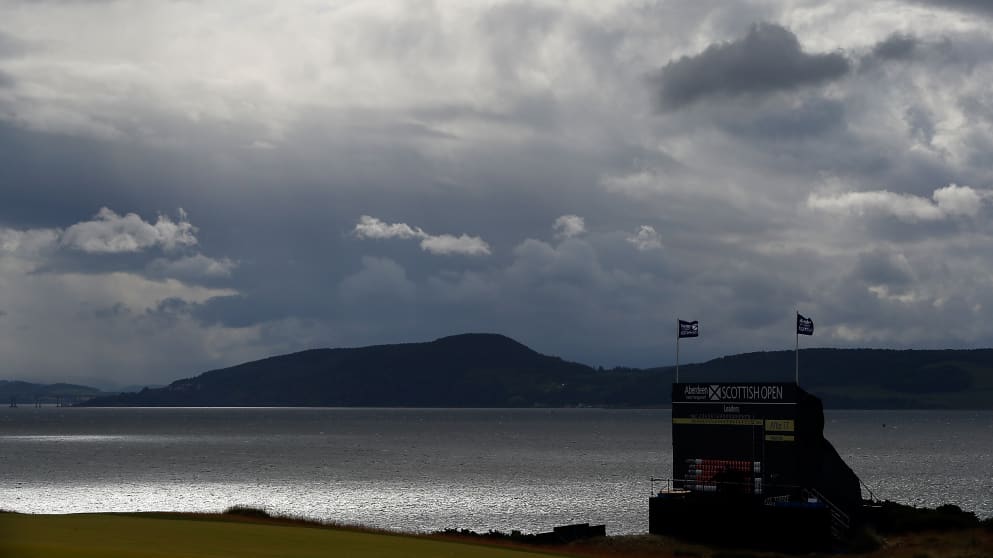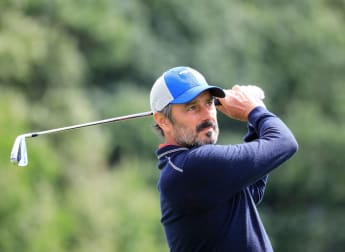Mark Parsinen, the acclaimed and visionary co-designer of Castle Stuart Golf Links and Kingsbarns Golf Links, has passed away in California aged 70.

Mark is survived by his wife of 38 years, Dede, their children Cammy, Jenny and Samantha and their four grandchildren.
Parsinen, a managing partner at the course, saw it as his destiny to create a major golfing resort at Castle Stuart and the ‘Pebble Beach of the British Isles’. The championship course he designed with fellow American Gil Hanse opened in the summer of 2009 and within 18 months staged the Aberdeen Standard Investments Scottish Open, the first time such a major golf event had been held in the Scottish Highlands.
The course, with spectacular views overlooking the Moray Firth, has so far held the prestigious tournament four times, from 2011-2013 and again in 2016. It has won widespread praise as a contemporary classic among Scotland’s rich heritage of links courses, one that challenges the best players, but is enjoyable and playable for every-day golfers of all abilities.

Grant Sword, also a managing partner at Castle Stuart, said: “Mark was a friend first and a partner second. His knowledge of golf and design was inspiring and his enthusiasm for his work highly infectious.
“He was immensely proud of what he achieved here, but his vision for the resort was much bigger. As difficult as it will be without him, we must continue his legacy and fulfill his ambitions for a place he held dear to his heart.”
Stuart McColm, Castle Stuart’s General Manager, said: “Everyone at Castle Stuart, and the wider golfing world, is today mourning a man whose foresight, creativity and intelligence made him one of the great golf architects of modern times.
“He helped create something special at Castle Stuart and that, along with the other courses he designed or influenced, will be his legacy. But he was also a charming and engaging person, and a great friend to many at Castle Stuart, the Highlands and Scotland, and he will be greatly missed. Our thoughts and prayers go to Dede and the rest of Mark’s family and colleagues.”
As a teenager Parsinen was a caddie and while at school he was on the greenkeeping crew at his local course. A 2-handicap golfer, he studied at the London School of Economics, the University of Pennsylvania and Stanford Graduate School of Business, before becoming director of marketing at the Adolph Coors Company and later was partner and vice president at the Boston Consulting Group.
In 1983, his career took him to Silicon Valley, where he set up a specialist computer company with three electrical engineering professors and rose to become president and CEO in 1990.
Later, semi-retired, he co-built a course at Granite Bay in California, which also helped develop his philosophy for how golf should be played: “I built it for people like me who loved golf, whose skills were suspect or were never honed in the first place, whose spare time was precious, and who wanted to find some pleasure in the time they spent playing the game of golf; and rather than being humiliated by their inevitable errant shots, would appreciate opportunities to recover and to some extent have a chance to redeem themselves.”
He carried this through to his next project when, with Kyle Phillips, he created the acclaimed Kingsbarns Golf Links at St Andrews which opened in 2000, and is currently one of three courses that plays host to the Alfred Dunhill Links Championship, the other two being the Old Course and Carnoustie Golf Links. He was Managing Director and Partner until 2005.
Mr Parsinen became involved with Castle Stuart in 2004. Ironically, he visited the wrong site, having incorrectly followed directions to a farmhouse then on the site: “Clearly this was not the result of some grand plan or an organised approach to one’s career, but sometimes things are simply serendipitous. You just are where you are and you make the most of it.”
In the same year Castle Stuart opened it was ranked at 56 on Golf Magazine's “gold standard” list of the Top 100 Courses in the World and it has stayed in among the leading courses internationally ever since.
The journey from farmland to European Tour venue was remarkable, the intention being to create a course that was a nod to a bygone era, the links courses of old. The result was a course that focused on fun, enjoyment, playability, beauty and engagement, whilst still making it challenging rather than difficult for the sake of being difficult.
In his own words: “When people make a decision to come to the Highlands to play golf, why would we not take it as one of our objectives to make them appreciate where they are by presenting the endearing ‘sense-of-place’ landmarks directly in the shot-making perspective or frame of play? Why would we let the landmarks simply be peripheral and easily ignored or not seen?”
“My concept of golf is that if you don’t play a shot to an advantaged spot, you should still be able to imagine ‘success in the face of having made somewhat of an error’. You should still have hope and an opportunity for redemption, a chance to control your destiny, to go for glory or to choose a lesser path with at least an opportunity for a modicum of success.
“In today's helter-skelter, fast-paced, work-laden world, full of engulfing difficulty, Castle Stuart offers a respite in the form of it not being difficult for the sake of being difficult, but rather Castle Stuart accepts the likelihood of errors, and its course design offers hope through emphasis on creating opportunities for recovery and redemption when errors occur.”




